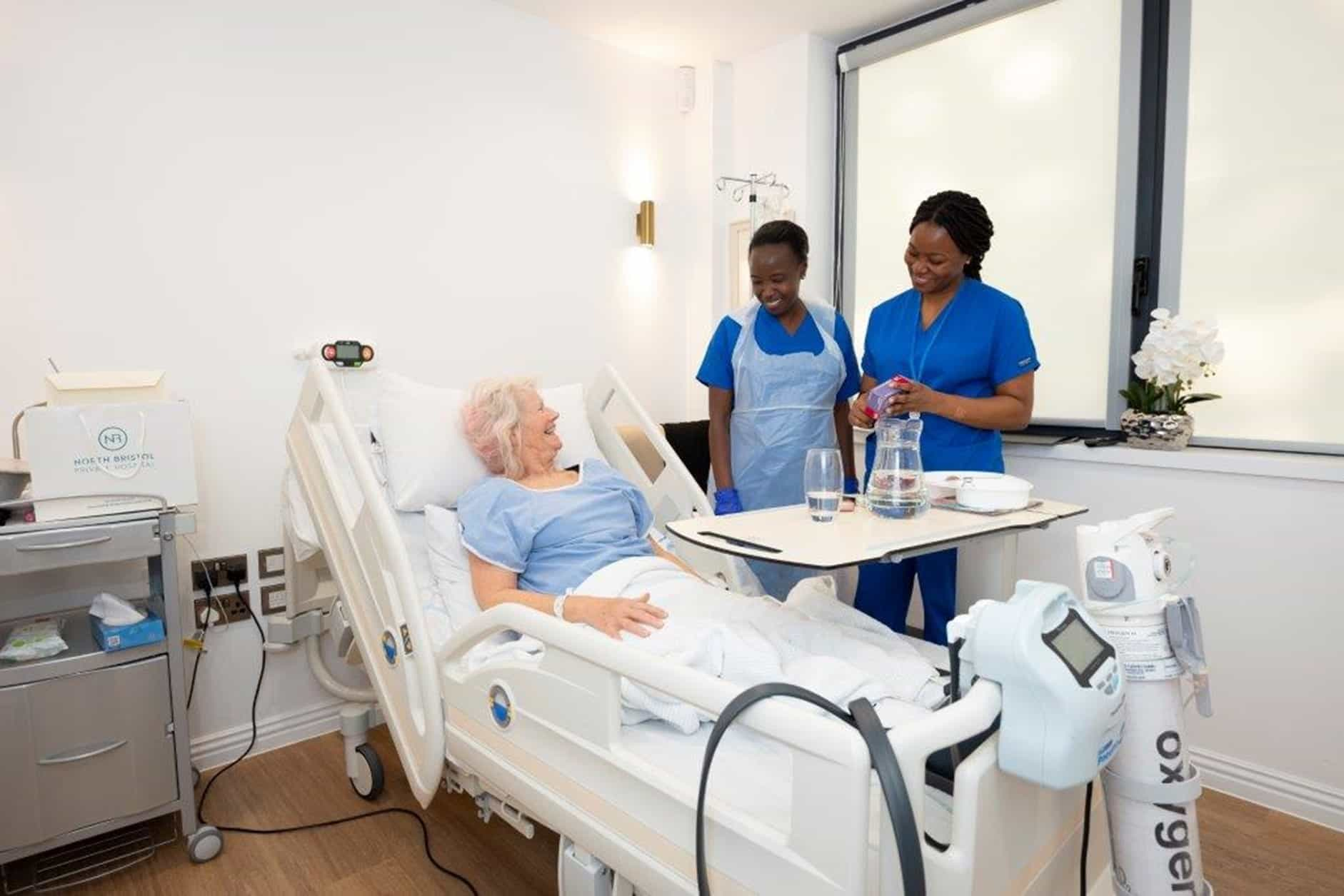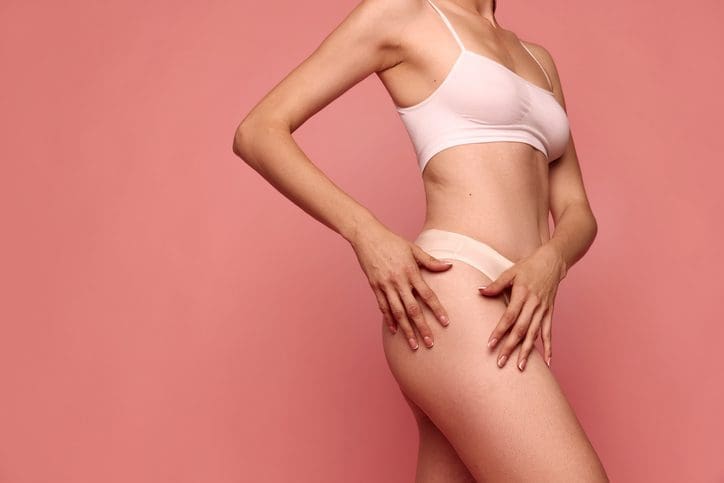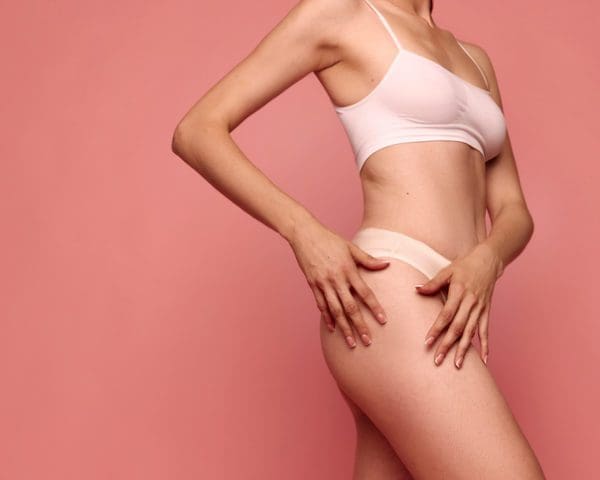It’s normal to experience significant changes to your body after pregnancy; after all, you’ve brought new life into the world. Stretch marks, loose skin, excess weight gain, breast sagging and shrinkage are some concerns new mums have about their post-baby bodies. The Mummy Makeover surgery is a comprehensive full-body surgery that targets these main complaints. After just one procedure, you can regain your pre-pregnancy confidence.
The main benefit of the Mummy Makeover is that a specialist plastic surgeon can combine multiple procedures, including Breast Augmentation, Breast Lift or Breast Reduction and a Tummy Tuck, Liposuction, tightening of the abdominal muscles and non-invasive skin-tightening. The Mummy Makeover helps restore your youthful body. However, with a more extensive procedure comes greater surgical risks. In this article, we discuss the possible dangers of this cosmetic surgery, some important risk factors and how to ensure you get through this procedure safely.
Click on one of the links to jump to that section
-
What are the risks of the Mummy Makeover surgery?
Learn about the potential complications with invasive surgery so you have all the knowledge
-
What should you consider before your procedure?
5 things you need to bear in mind before going ahead with the Mummy Makeover surgery
-
What are the risk factors of the Mummy Makeover surgery?
Obesity, being underweight and smoking and can increase your surgery risk
-
How can you reduce the risks of the Mummy Makeover?
Learn how to reduce your risk of complications and improve wound healing
What are the risks of the Mummy Makeover surgery?
Every invasive procedure is associated with general and specific risks. It’s always important to choose an esteemed, board-certified surgeon with many years of cosmetic surgery experience. However, even the best plastic surgeon can’t eliminate all the risks. General risks of surgery include the following:
-
Anaesthesia – we use general anaesthesia for the Mummy Makeover procedure, but in rare instances, there are complications such as adverse reactions or allergies.
-
Infection – any qualified cosmetic surgeon always works in a sterile environment. However, there is always a risk of infection during recovery from the Mummy Makeover . If you notice excessive pain, swelling in the breast tissue or abdomen, pus, a raised temperature or fever, contact your plastic surgeon immediately. Every patient of Elena Prousskaia can arrange a follow-up at any time after their cosmetic surgery procedure.
-
Haematoma/seroma – blood (haematoma) or fluid (seroma) build-up can cause swelling, pain and discomfort. If excessive, painful swelling or blood pooling does not improve, contact your plastic surgeon to drain the excess fluid.
-
Sensory changes – there is always a risk that extensive surgeries can interfere with your nerves and sensations. Changes in sensation are usually temporary as your nerves settle down. However, in rare cases, altered sensations can become permanent.
-
Deep vein thrombosis/embolism – blood clots can sometimes occur after surgery, although rare, they’re extremely dangerous if they block major arteries. The main sign of a blood clot is numbness and discolouration in your extremities.
-
Tissue necrosis: in rare cases, if a tissue loses its blood supply, it can die. However, this is highly unlikely to occur after the Mummy Makeover because the tummy and breast tissue have a good blood supply.
What should you consider before your procedure?

1. Is the Mummy Makeover a high-risk procedure?
The Mummy Makeover is unique in that it combines multiple procedures in one for a more drastic cosmetic transformation. But the benefits of the Mummy Makeover come with additional risks. Combined procedures typically have a higher complication rate than procedures performed alone. An abdominoplasty poses the greatest risk of complications compared to the other procedures in the Mummy Makeover. However, there is still less than a 5% chance you’ll have trouble after your Tummy Tuck. You should consider whether you need a Tummy Tuck or whether it’s feasible to use alternative methods such as diet, exercise or Liposuction to reduce tummy fat.
2. How long must you take to recover from the Mummy Makeover?
You’ll spend less time at the hospital for a Mummy Makeover than you would for separate procedures because the surgery simultaneously targets several areas of the body. As a result, though, you will need lots of time to rest and recover. You must be at a stage in your life and career where you can rest for two to eight weeks.
3. Can you breastfeed after a Mummy Makeover?
The Mummy Makeover usually involves breast enhancement procedures, such as Breast Augmentation (using Breast Implants ), Breast Lift, Breast Asymmetry Surgery or even Breast Reduction. These types of surgeries may affect breastfeeding. However, waiting until you have recovered from your final birth would be best before getting the Mummy Makeover.
4. Will I regret the Mummy Makeover procedure?
Most patients are extremely happy with the results of the Mummy Makeover and feel as if they’ve regained their pre-pregnancy confidence. However, to avoid cosmetic surgery regret, you need to make one hundred per cent sure the Mummy Makeover is right for you before proceeding with it. Poor scar healing or failing to maintain your Mummy Makeover transformation are some of the most common reasons women regret the Mummy Makeover.
Ready to restore your pre-body confidence?
Inquire with Elena Prousskaia – the #1 female cosmetic surgeon in the UK.
5. Is the Mummy Makeover safe for me?
The Mummy Makeover addresses the physical changes after pregnancy. Unfortunately, excess weight gain is a common problem. However, obesity is the number one risk factor for this kind of extensive surgical procedure.
What are the risk factors of the Mummy Makeover surgery?
As we’ve touched on, obesity increases the risk of complications associated with extensive surgeries, such as the Mummy Makeover. There is a higher risk of infection, blood loss and longer surgery durations. There are increased risks in underweight patients too.
A diabetic patient or smoker faces higher risks including poor wound healing. If this is you, carefully consider whether the Mummy Makeover is safe.
How can you reduce the risks of the Mummy Makeover?
To protect your safety, you must choose a highly skilled and experienced cosmetic surgeon you trust in the theatre. It’s, therefore, crucial to do your research before proceeding with the surgery. Read about how to choose the best surgeon for the Mummy Makeover .
Next, you will need to make sure you are a healthy weight. If you are underweight (with a BMI of 18.5 or less), consider gaining weight before your cosmetic procedure. If you are obese (with a BMI of 30 or over), consider losing weight before surgery. We understand that the BMI scale does not always accurately represent health, so if you have a healthy body composition but sit at either extremity of the BMI scale, Elena Prousskaia will assess your suitability at your initial consultation.

To reduce the risks of complications after surgery, you’ll need to take proper care of your wounds. This involves keeping them clean and dry and following the advice provided by our aftercare team.
Finally, once your wounds have healed, you can help reduce the appearance of scarring by applying a silicone gel daily. Ensure you eat a diet rich in protein and vitamins – particularly vitamin C. Elena, a skilled, experienced surgeon, can place your incisions in a discreet area, and the wounds should heal well. However, the more you can do to promote healthy healing, the more likely your scars will become near-invisible.





